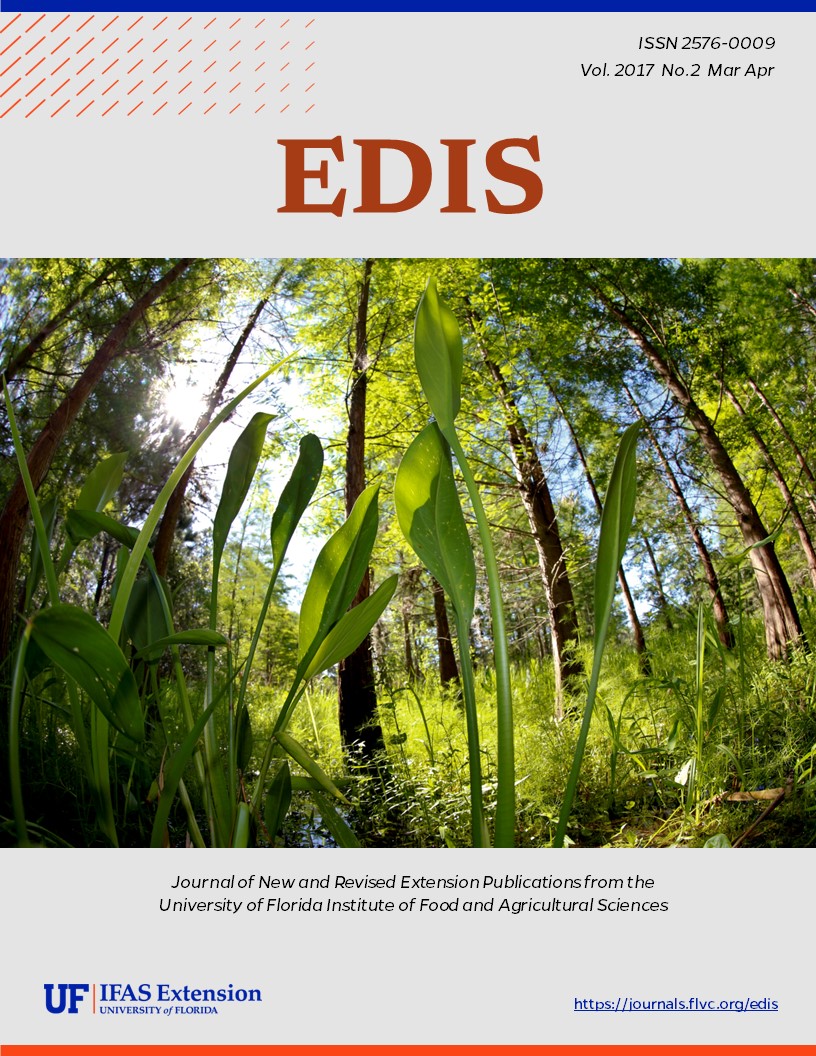Abstract
The increased prevalence of obesity in recent decades has sparked tremendous concern worldwide. Obesity, a chronic disease that increases the risk for a myriad of diseases including diabetes, hypertension, cardiovascular diseases, as well as certain types of cancers, results from a persistent excess of energy intake versus energy expenditure and is characterized by an increase in both adipose cell size and number. Treatments to date consist of medications that cause various adverse side effects. This has led to the recent shift in focus towards investigating natural alternatives to treat obesity. The use of phytochemicals as a safe and natural alternative to treat obesity is under current investigation as citrus flavonoids haven been shown to monitor energy intake versus expenditure, regulate lipid metabolism and adipose tissue, and inhibit amylase function.
References
Aherne, S. A. and N.M. O'Brien. 2002. "Dietary flavonols: chemistry, food content, and metabolism." Nutrition 18: 75-81. https://doi.org/10.1016/S0899-9007(01)00695-5
Benavente-García, O., J. Castillo, F.R. Marin, A. Ortuño, and J.A. Del Río. 1997. "Uses and properties of citrus flavonoids." Journal of Agricultural and Food Chemistry 45: 4505-4515. https://doi.org/10.1021/jf970373s
Bombardelli, E and P. Morazzoni. 1993. "The flavonoids: new perspectives in biological activities and therapeutics." Chimica oggi 11: 25-28.
Bravo, L. 1998. "Polyphenols: chemistry, dietary sources, metabolism, and nutritional significance." Nutrition reviews 56: 317-333. https://doi.org/10.1111/j.1753-4887.1998.tb01670.x
Clifford, M. N. 2000. "Anthocyanins-nature, occurrence and dietary burden." Journal of the Science of Food and Agriculture 80: 1063-1072. https://doi.org/10.1002/(SICI)1097-0010(20000515)80:7<1063::AID-JSFA605>3.0.CO;2-Q
Cook, N. and S. Samman. 1996. "Flavonoids-chemistry, metabolism, cardioprotective effects, and dietary sources." The Journal of nutritional biochemistry 7: 66-76. https://doi.org/10.1016/0955-2863(95)00168-9
Golden, P. L., T.J. Maccagnan, and W.M. Pardridge. 1997. "Human blood-brain barrier leptin receptor Binding and endocytosis in isolated human brain microvessels." Journal of Clinical Investigation 99: 14. https://doi.org/10.1172/JCI119125
Han, L., Y. Kimura, and H. Okuda. 2005. "Anti-obesity effects of natural products." Studies in Natural Products Chemistry 30: 79-110. https://doi.org/10.1016/S1572-5995(05)80031-6
Harborne, J. B., B.L. Turner, and J. Harborne. 1984. Plant chemosystematics. Academic Press London Vol. 123.
Herold, C., H.O. Rennekampff, H. O., and S. Engeli. 2013. "Apoptotic pathways in adipose tissue." Apoptosis 18: 911-916. https://doi.org/10.1007/s10495-013-0848-0
Horowitz, R., and B. Gentili. 1997. "Flavonoid constituents of citrus." Citrus science and technology 1: 397-426.
Kim, K.-H., and Y. Park. 2011. "Food components with anti-obesity effect." Annual review of food science and technology 2: 237-257. https://doi.org/10.1146/annurev-food-022510-133656
Klok, M., S. Jakobsdottir, and M. Drent. 2007. "The role of leptin and ghrelin in the regulation of food intake and body weight in humans: a review." Obesity reviews 8: 21-34. https://doi.org/10.1111/j.1467-789X.2006.00270.x
Liu, J. F., Y. Ma, Y. Wang, Z.Y. Du, J.K. Shen, and H.L. Peng. 2011. "Reduction of lipid accumulation in HepG2 cells by luteolin is associated with activation of AMPK and mitigation of oxidative stress." Phytotherapy Research 25: 588-596. https://doi.org/10.1002/ptr.3305
Lopes, S., E. Martins, and G. Frare. 2005. "Detecção de Candidatus Liberibacter americanus em Murraya paniculata." Summa Phytopathol 31: 48-49.
Manthey, J. A., N. Guthrie, and K. Grohmann. 2001. "Biological properties of citrus flavonoids pertaining to cancer and inflammation." Current medicinal chemistry 8: 135-153. https://doi.org/10.2174/0929867013373723
Meister, B. 2000. "Control of food intake via leptin receptors in the hypothalamus." Vitamins & Hormones 59: 265-304. https://doi.org/10.1016/S0083-6729(00)59010-4
Middleton, E., C. Kandaswami, and T.C. Theoharides. 2000. "The effects of plant flavonoids on mammalian cells: implications for inflammation, heart disease, and cancer." Pharmacological reviews 52: 673-751.
Moro, C. and G. Basile. 2000. "Obesity and medicinal plants." Fitoterapia 71: S73-S82. https://doi.org/10.1016/S0367-326X(00)00177-5
Nater, U. and N. Rohleder. 2009. "Salivary alpha-amylase as a non-invasive biomarker for the sympathetic nervous system: current state of research." Psychoneuroendocrinology 34: 486-496. https://doi.org/10.1016/j.psyneuen.2009.01.014
Peterson, J. and J. Dwyer. 1998. "Flavonoids: dietary occurrence and biochemical activity." Nutrition Research 18: 1995-2018. https://doi.org/10.1016/S0271-5317(98)00169-9
Sahu, A. 2003. "Leptin signaling in the hypothalamus: emphasis on energy homeostasis and leptin resistance." Frontiers in neuroendocrinology 24: 225-253. https://doi.org/10.1016/j.yfrne.2003.10.001
Tripoli, E., M. La Guardia, S. Giammanco, D. Di Majo, and M. Giammanco. 2007. "Citrus flavonoids: Molecular structure, biological activity and nutritional properties: A review." Food chemistry 104: 466-479. https://doi.org/10.1016/j.foodchem.2006.11.054
Westerterp, K. R. 2004. "Diet induced thermogenesis." Nutrition & metabolism 1: 5. https://doi.org/10.1186/1743-7075-1-5
Yun, J. W. 2010. "Possible anti-obesity therapeutics from nature-A review." Phytochemistry 71: 1625-1641. https://doi.org/10.1016/j.phytochem.2010.07.011
Zhang, Y. and C. Huang. 2012. "Targeting adipocyte apoptosis: a novel strategy for obesity therapy." Biochemical and biophysical research communications 417: 1-4. https://doi.org/10.1016/j.bbrc.2011.11.158
Unless otherwise specified, articles published in the EDIS journal after January 1, 2024 are licensed under a Creative Commons Attribution-NonCommercial-NoDerivs 4.0 International (CC BY-NC-ND 4.0) license.

